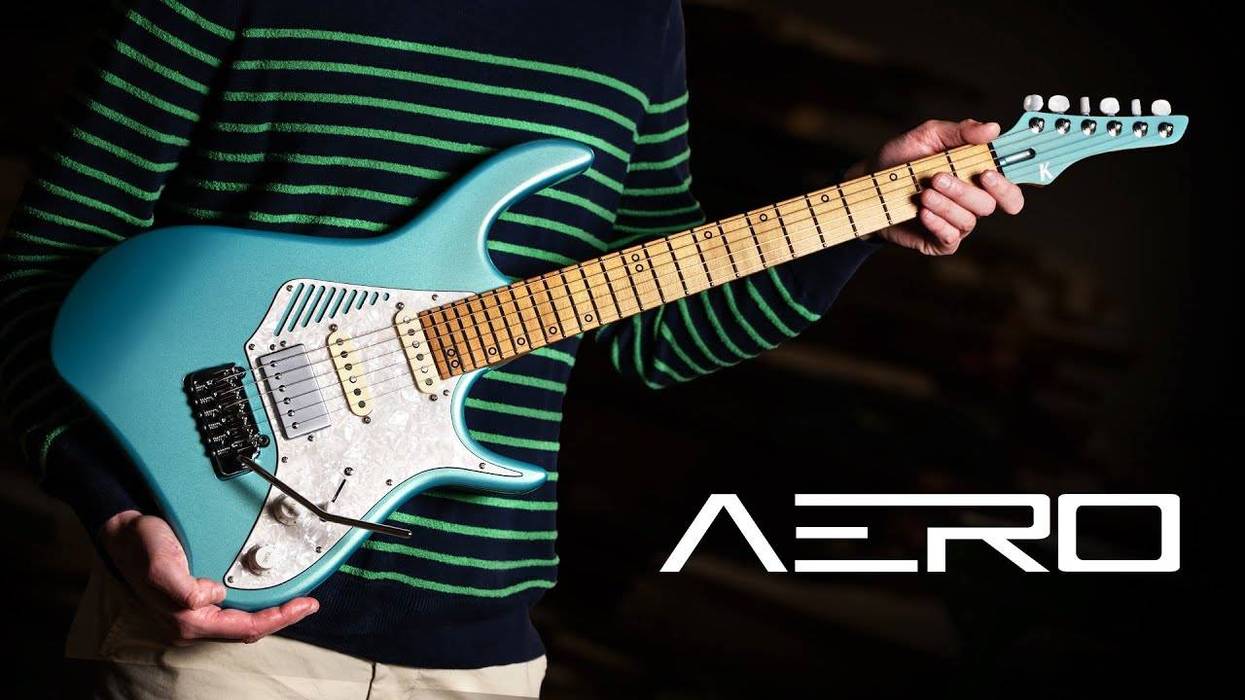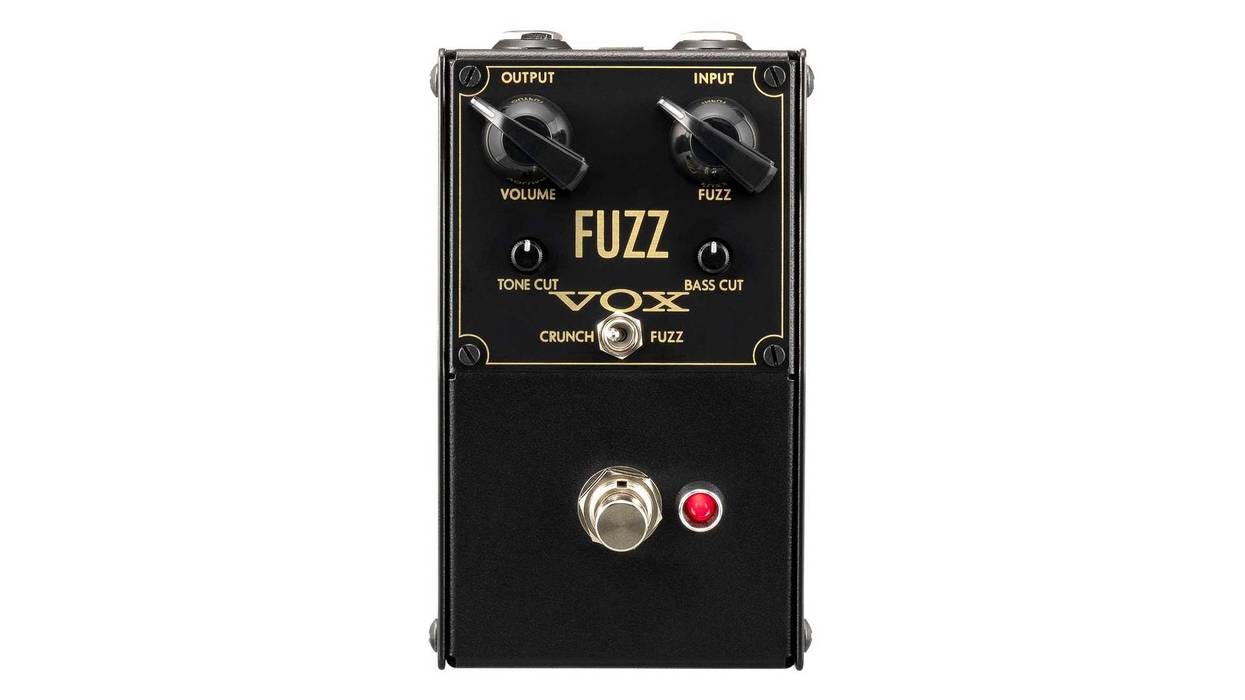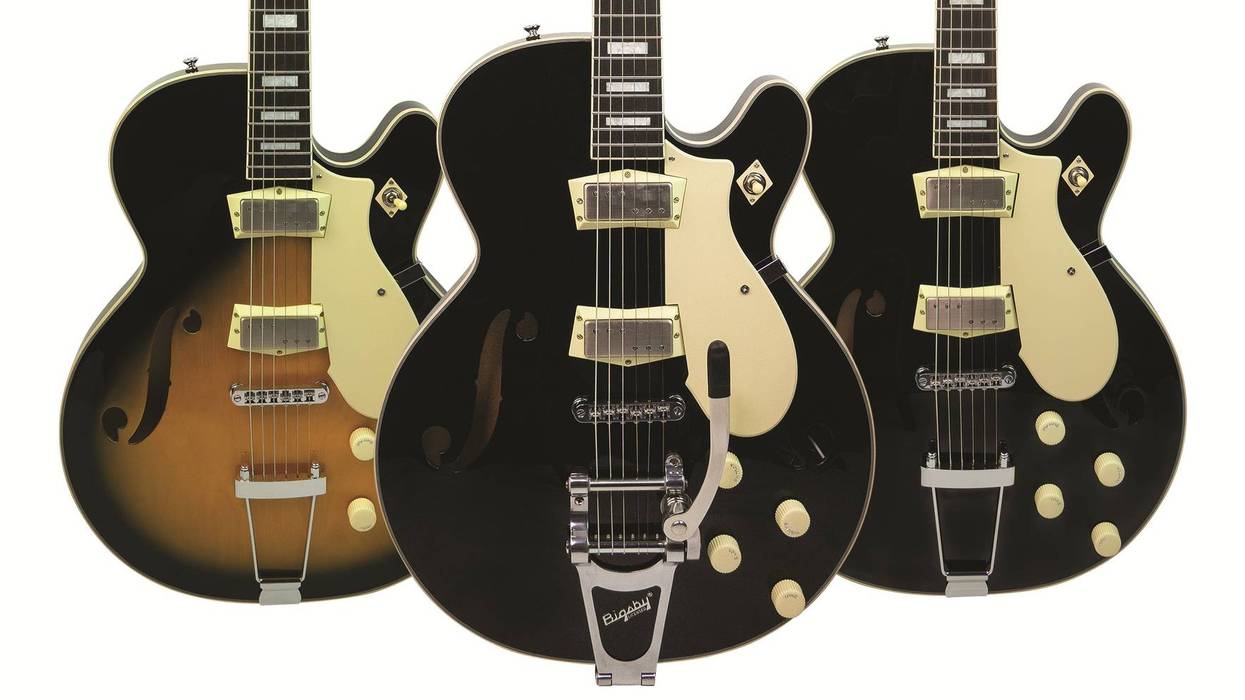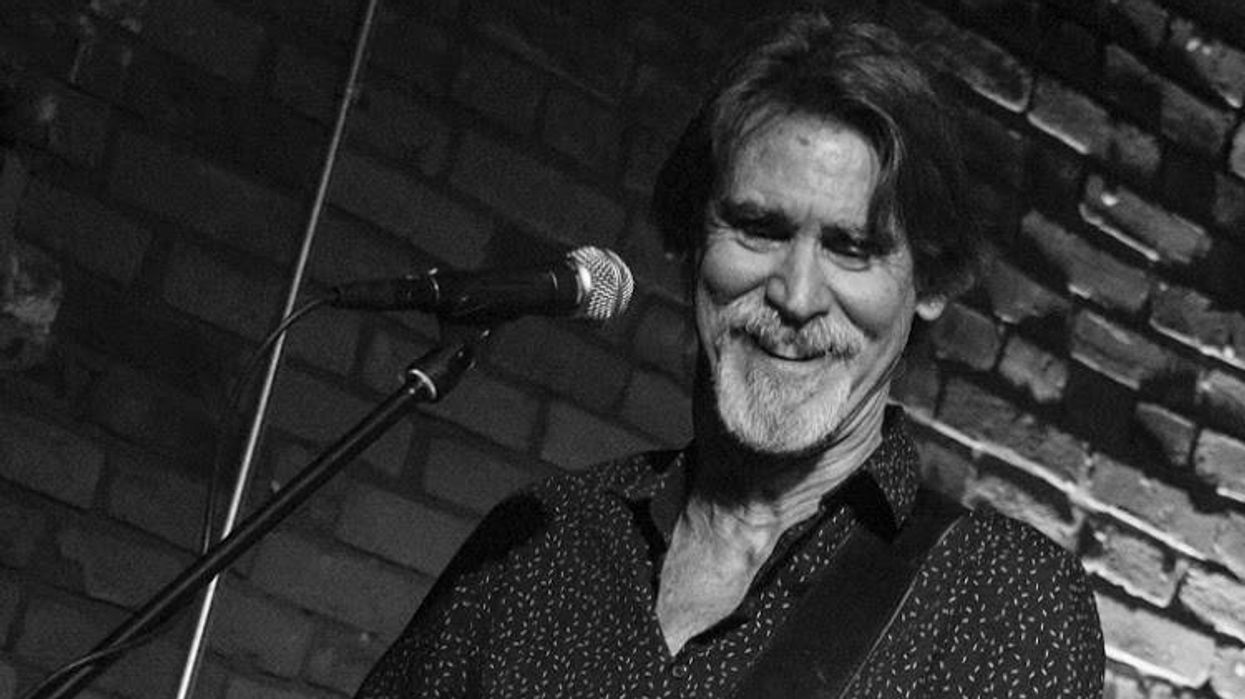 Ever wonder how they bend all those sides, making all those shapes for all those acoustic guitars? Some of you may have some idea how this is accomplished, and some of you may have actually attempted this while building a handmade musical instrument. Big factories have expensive, customized, steam-forced molds that produce guitar sides with ease, uniformly and consistently without warps or cracks. Even higher volume factories use laminated sides, which are the easiest to bend because they are not prone to cracking like solid wood. These processes are well established, so the focus this month is bending sides of solid wood – one-at-a-time, by hand.
Ever wonder how they bend all those sides, making all those shapes for all those acoustic guitars? Some of you may have some idea how this is accomplished, and some of you may have actually attempted this while building a handmade musical instrument. Big factories have expensive, customized, steam-forced molds that produce guitar sides with ease, uniformly and consistently without warps or cracks. Even higher volume factories use laminated sides, which are the easiest to bend because they are not prone to cracking like solid wood. These processes are well established, so the focus this month is bending sides of solid wood – one-at-a-time, by hand. For hundreds of years, the shapes of many stringed musical instruments have been defined by their sides, made from very thin (.060”-.095”) pieces of tone wood, often bent on a hot iron of sorts. Bending irons vary in size and shape, some fueled by flame, some by electricity. The sides are typically half as long around the guitar with a seam at the very butt end.
For sonic and visual purposes, the sides are normally “book matched,” meaning they are sliced from the same piece of wood, side-by-side, and butterflied open. This repeats the grain pattern on the top and bottom sides of the instrument and it also ensures similar sonic qualities within both pieces of wood. Hint: if you see a certain grain pattern on the top side of your guitar, then you should see the same pattern, in the same place, on the bottom side, proving it’s a genuine book matched side set.
To bend a side with a hot iron one must know the shape of the guitar and have a template to compare your progress. Soaking the side in distilled water (to prevent mineral staining), the sides are slowly moved along the hot iron, steam rising, rocking back and forth, and applying minimal pressure to shape the waist and upper and lower bouts. The trick is how much pressure to apply to get good bending results without cracking your beautiful $1,000 Brazilian rosewood sides! This is the age old question, without a great answer. That is until I found Irving Slone’s book on guitar construction in the late ‘70s.
Irving teaches us how to build a guitarshaped mold-bending fixture – heated with embedded high-powered lamps. This was magic, and it seemed like the final solution for unwanted side bending blunders. Truth be told, this was a huge step for the small shop builder, and for years it offered consistency in shape, and it took a little risk and anxiety out of the bending iron. But it wasn’t fail-safe. The heat source was often not enough, particularly at the waist and around cutaways, leaving potential side cracking and splitting in the loom.
The age of “silicone heating blankets” is upon us. This is the new revolution in small and medium scale side bending. A silicone heating blanket is simply a highpowered “electric heating pad,” long in shape like a guitar side. They are thin, flexible, hard silicone with electric elements embedded inside that can reach temperatures up to 450 degrees in a few minutes. To use them, you still use Irving’s mold, but omit the lamps and replace the heat source with the silicon blankets. You can get them from most lutherie supply houses, and I recommend getting the on/off timer control to prevent over scorching.
For the process, I use two blankets, one on the top and one below, bending both sides at the same time. I also use two 6”x36” pieces of thin and flexible stainless steel between the wood and silicone blankets, making a side sandwich with a total of six layers.
I turn on the heat and start bending when I see nice flow of steam rising. When done I leave the sides in the mold until I see no more vapor. All this ensures perfect heat and pressure distribution, almost guaranteeing a successful side bending experience every time; it’s really fantastic. If you are bending with a hot iron or hot lamps, I highly recommend you checking out silicon blankets … they’re even hotter!
Jeff Babicz
founder of Babicz Design Ltd., builds acoustic and electric guitars using his award winning Lateral Compression string anchored Soundboard, Torque Reducing Split Bridge, and Continually Adjustable Neck designs.
www.babiczguitars.com

















